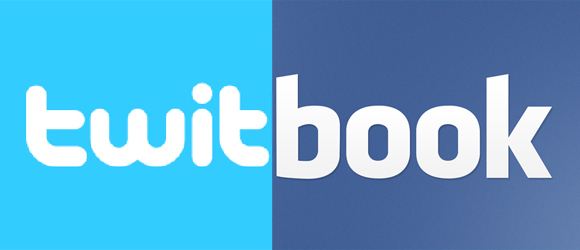Twitter Changes “Favorite” Button to “Like,” Instead of Fixing Any Other Systemic Problems

You can say a lot with a heart. Introducing a new way to show how you feel on Twitter: https://t.co/WKBEmORXNW pic.twitter.com/G4ZGe0rDTP
— Twitter (@twitter) November 3, 2015
Twitter’s enigmatic star-shaped “Favorite” button allowed the platform to stand apart from Facebook’s “Like” and Tumblr’s and Instagram’s heart-shaped buttons. As of today, Twitter has decided they don’t like standing out from the crowd anymore. This morning, users saw an unceremonious removal of the star button, which has now been replaced with a heart that turns red when you hover your mouse over it; plus, an alt-text box appears reading “Like” before you click it. When you click the heart, it pulses slightly before settling into a permanent red hue.
The “Favorites” column on user profiles has now been replaced with a “Likes” column, in which every “Like” you’ve ever bestowed will be preserved. So, the functionality of the “Favorite” remains the same, but cosmetically, Twitter’s new system bears a lot more similarity to its social media competitors.
As with all social media changes, this one has been met with an uproar of confusion and anger — some in jest, some in seriousness. It’s always weird to get a reminder that social media companies see us all as products rather than individuals, and today definitely feels like another one of those times. Personally, I have a lot of reasons I prefer “favorite” to “like” — the word “favorite” feels more neutral, like less of an endorsement. Buzzfeed explained it as follows: “Favorites indicate a preference. Likes express a positive sentiment. You might be my favorite dental floss but I still don’t like you.”
As I stated earlier, the star button was one of the main aspects of Twitter that differentiated it from other social media (along with hashtags, which other companies have adopted by now. Twitter’s strict character count now seems to be the last remaining unique aspect of the service). The star could mean any number of different things, depending on context. Sometimes, it wasn’t even clear what that “favorite” might mean. Does it mean “your joke is funny”? Or does it mean “I don’t think this joke was funny, but I feel the need to acknowledge that I saw it so that this interaction can feel less embarrassing for both of us”? And what about “solidarity favs”? Those are for the moments when you award a star to a tweet describing something you don’t like, per se, but want to remember or acknowledge.
All of these qualms with the change make sense to me. But this simple cosmetic change did also inspire a lot of other responses about systemic changes that Twitter should consider making instead, such as the fact that block functionality still doesn’t work as well as it could. As an example, people who have blocked you will still show up in your timeline when others retweet them, which might disturb them to know, given that they probably don’t want you to see their tweets at all. Plus, the people you have blocked will still show up in hashtag links (and occasionally elsewhere), which is pretty annoying, given that you blocked them and therefore don’t want to see their tweets.
This year more than ever, online harassment has become a hot-button issue for social media companies. From my vantage point, it seems like it’s very popular for companies to say they’re going to do something about it — but there are few examples of companies that have subsequently walked the walk. It’s very easy to say, “harassment is bad,” and get a round of applause in response, but it’s much trickier and more expensive to allocate resources towards developing better tools to combat harassers. Twitter’s “block” and “mute” buttons, for example, are great tools — but they could be more comprehensive. (Twitter recently changed the functionality of their mute button to make it less stringent; if anything, I’d love to see it be stricter.)
Something else that makes Twitter a little different from other social media companies is that their user-base is pretty diverse, at least when taken in comparison to Facebook. However, the employees of Twitter are not as diverse as their user-base — and although Twitter has recently stated they’re committed to diversifying their team, former Twitter employee Leslie Miley recently penned an essay about the difficulties he’d faced in his attempts to combat entrenched racial biases in the company’s culture and “blind spots” on hiring committees. It is understandable, then, given what we know about the culture of Twitter as a company, that they might not understand the unique concerns faced by their most vulnerable users. It is also frustrating and exhausting to think about how many people on staff at Twitter may have tried and failed to combat these systemic issues, only to give up or burn out.
It seems symbolically fitting, then, that Twitter now seems to have wall-papered over its systemic problems by recasting its “favorite” button, one of the most noticeable aspects of its design, with a new feel-good gloss. The alteration of a star to a red heart, as well as the phrase “like” — all of that encourages a sense of put-on positivity, rather than reflection or thoughtfulness. It reminds me of all the people who tell me I should “be more positive” instead of talking about systemic issues or harassment. There’s a whole lot about Twitter that I don’t like. But now I guess I don’t have the option to do much else.
(via Buzzfeed)
—Please make note of The Mary Sue’s general comment policy.—
Do you follow The Mary Sue on Twitter, Facebook, Tumblr, Pinterest, & Google +?
Have a tip we should know? tips@themarysue.com